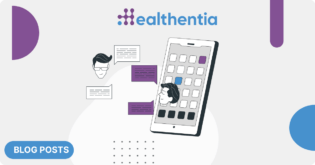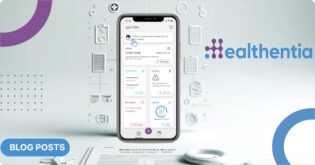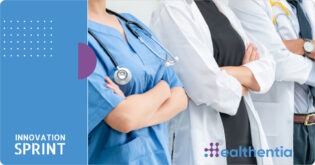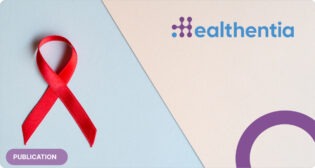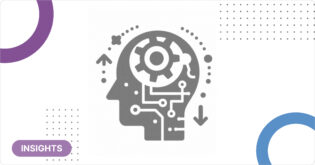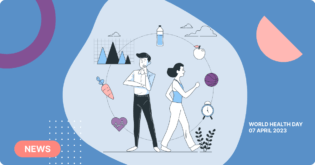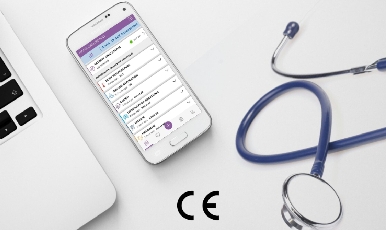
Coming from a technological background in the Life Sciences domain, it wasn’t clear to me during the first years, which are the boundaries of healthcare and clinical research. I could see overlapping areas between these sectors and it was difficult to understand why they are practically far apart. In this blog post, I am presenting our efforts and strategic decisions to break down the silos of these two sectors, thus making it possible to provide validated personalized medical services.
In my own words, clinical research is a science using clinical trials to research new drugs and interventions (so called “interventional” or to extract valuable information from “standard clinical practice” in a retrospective or prospective manner (so called “observational”). Subjects in clinical studies are mostly patient volunteers that take the treatment and provide their outcomes for evaluation, under a strict, ethically cleared, protocol. The healthcare sector is easier to understand, as it includes medical services (e.g. treatments) and medical devices for health monitoring. Both sectors have as common characteristics: a) they aim on a better health; b) they are strongly regulated; and c) they account for a significant percentage of the GDP.
From the moment Internet started to penetrate to the masses, many research and industrial activities around the world were initiated around the so-called eHealth sector. Unfortunately, a large majority of them fail, because their business model is not viable, or they lack validation. The healthcare sector has the peculiarity in many countries to be different. In particular, most of the European Healthcare Systems are public and provided by the Payers. If your solution is not subject to reimbursement, then you need to get your money from the patient directly. Is this viable? Can a European patient pay for your eHealth service -let’s say- 50€ a year? Even though we know this model from Netflix, Spotify, iCloud, etc, this cannot apply to eHealth services adding up to an already expensive tax paid public healthcare service. To sum up, on the one hand side, Clinical solutions are not considered as medical services; and on the other hand side, medical solutions are most of the times not clinically validated (because getting a proof-of-concept, clinically valid with regulatory grade certification is a risky painfully costly business: ask your proxy Pharma CEO how much he spent for the last market access authorization for a new drug…). Isn’t that weird?
In previous posts, I have indicated that the clinical domain is lagging behind technology and it has only recently started to make small steps towards digital transformation. This is linked with several services and solutions, like ePRO/eCOA (electronic Patient Reported Outcomes / electronic Clinical Outcome Assessments) and many more. All these solutions are meant to collect data from patients — subjects of clinical studies that can be used to verify the clinical endpoints of a study and get a drug approved for marketing. These solutions however, capture the subjective data, i.e. data provided by the patient about his/her QoL, pain, comfort, etc. All the missing data (mainly lifestyle related) is not considered, despite the strong evidence that it is significantly impacting everyday life. Healthentia is among the few ePRO/eCOA solutions that capture the missing data and we innovate by considering this data in our proprietary deep phenotyping Machine Learning processes to derive behavioral/lifestyle models that can enable smart services and outline actionable and reliable predictive models.
At the moment we started designing our Deep Phenotyping processes (pardon us, we continue pushing the boundaries of commonly accepted definitions here: by deep phenotyping we intend characterizing in depth, and then modeling, the lifestyle patterns of any individual, to a level of granularity which is comparable to that used to define and then model molecular behaviours in cellular pathways), we realized that the derived smart services could be used for in-silico trials, but also for virtual coaching services, for which we have a long history and successes pedigree. The happiness was soon followed by concerns coming from the Medical Device Regulation (MDR) and the European Medical Device Vigilance System (MEDDEV), which are introduced in Europe in order to protect human subjects. I like to compare MDR with GDPR, as they come from the same source, they are made to protect citizens, they cost a lot to implement and sometimes “spread the fear” sometimes. At that time we enrolled to the MedTech accelerator from Lifetech.Brussels, which helped us to get a better understanding of the opportunities and threats. From that moment, it became a strategic decision to see how our ePRO/eCOA solution could go through this process and become a Medical Device. We started with Class I to cover the AI elements for decisions-making and virtual coaching, because we strongly believe that we should establish the link between clinical research and health in a personalized manner.
In our talks with my partner and co-founder Alfredo about the link between clinical research and health, it was clear that the concept was backed up by the needs coming from the growing understanding of the huge impact a systematic approach to Medicine with more and more evidence built on the modeling of greater and greater information (the so called Medical Big Data) was having in shaping modern Personalised Medicine. Under this “Systems’ Medicine” perspective, in fact, the all of the individual information amounts to significance, especially lifestyle behavior that can easily cluster phenotypes as impacting the evolution of a disease and the outcome of any given treatment to cure it. In this setting, smartly gathering longitudinal objective and subjective RWD and extracting from them actionable models to predict the outcome of any given treatment ads “depth” to the personalisation paradigm adding up measureble predictive value via robust participation support (see: https://pubmed.ncbi.nlm.nih.gov/24641231/).
Unlike most eHealth solutions out there, Healthentia is both clinically validated and a certified Class I Medical Device and therefore, a good candidate for digital therapeutics 2.0. This opens the trajectory that similar smart services can in the future be authorized for prescription by the Competent Authorities and reimbursed by the Payers, offering personalized healthcare services, based on the anonymous processing of lifestyle observations from the clinical processes, by robustly respecting all privacy and regulatory contexts. In short, Pharma will be able to create better drugs and interventions of higher efficacy, while these outcomes can be used to drive smart AI services for the healthcare sector. Isn’t this a promising paradox?
